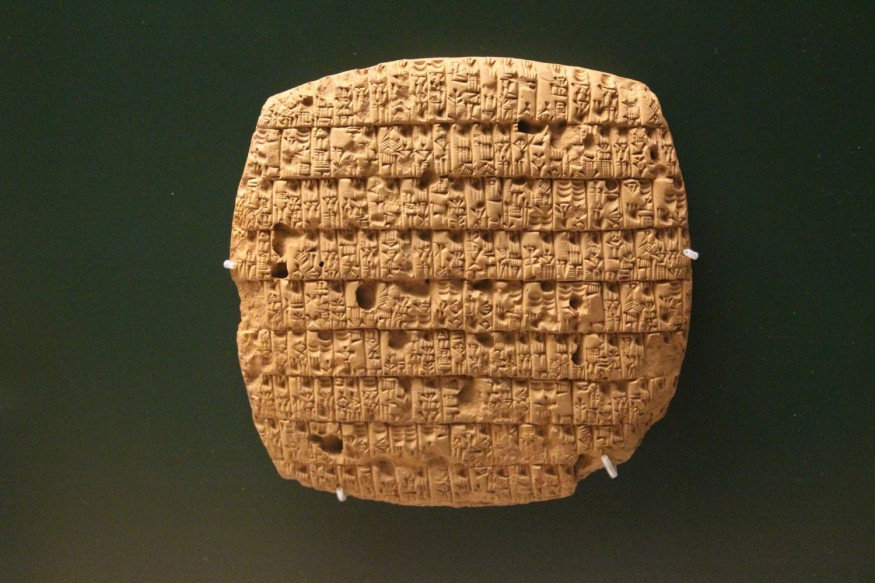
Two prehistoric clay tablets were found in Iraq and seen to be covered, from the top all the way to the bottom, with cuneiform writing. It has also been seen to hold details regarding a lost Canaanite language that is strikingly similar to ancient Hebrew.
Inscriptions in Lost Canaanite Language
Live Science reports that the tablets, which are assumed to be almost 4,000 years old, hold phrases of the language of the mysterious Amorites, who were the original inhabitants of Canaan, which is present-day Syria, Jordan, and Israel, and who later built a Mesopotamian kingdom. The said phrases are situated alongside Akkadian language translations which modern scholars are capable of reading.
The tablets also share similarities with the famous Rosetta Stone, which had in it inscriptions of ancient Greek and two other unknown ancient scripts. In such a case, the familiar Akkadian phrases help the specialists study the inscribed Amorite.
Researchers Andrew R. George and Mafred Krebernik expressed in an email to Live Science that their knowledge of Amorite was quite pitiful, to the point where some specialists doubted the existence of this language. The tablets, however, shed light on this question by revealing the language to be predictably and coherently articulated and to be completely different from Akkadian.
The research regarding these tablets was included in the French publication Revue d'assyriologie et d'archéologie orientale, or the Journal of Assyriology and Oriental Archaeology.
Lost, Forgotten Language
The Amorite-Akkadian tablets were found in Iraq around 30 years ago, potentially during the war of Iran and Iraq from 1980 up to 1988. They were eventually added to a collection in the US. However, archaeologists do not know anything else about these rocks. It's not even known whether they were legally retrieved.
Both George and Krebernik started looking into these tablets in 2016 after they were pointed out by certain scholars. By looking into the vocabulary and grammar of the foreign language, the researchers found out that it was part of the West Semitic language family, which both Aramaic and Hebrew are both part of. Such languages used to be widespread across the region. Currently, it is only prevalent in a few Middle Eastern communities.
When they observed striking similarities between what is known about Amorite and this mysterious language, the researchers determined that these were the same and that inscribed in the tablets were phrases of Amorite that were in the Akkadian dialect of old Babylon.
The Amorite language accounts within the tablets are surprisingly quite comprehensive. The researchers express that these tablets substantially increase understanding regarding the Amorites, especially because they do not just hold new worlds but also full sentences. The authors note how these writings could have been performed by a Babylonian scribe or apprentice who spoke Akkadian.
Assyriology associate professor Yoram Cohen from the Tel Aviv University in Israel notes how the tablets could have been a tourist guidebook of some sort for prehistoric Akkadian speakers who had to learn the Amorite language.
The inscriptions include phrases regarding performing sacrifices, blessing the kind, setting up common meals, and others.
Britannica notes that Akkadian was the language in Mesopotamia during the Akkad dynasty. It then became more widespread later on. Many uncovered ancient clay tablets that held cuneiform inscriptions were inscribed in the Akkadian language. Having a deep understanding of this language was integral to Mesopotamian education for over a thousand years.
Read also: Babylonian Theorem: How the Ancient City Calculated With Triangles 1000 Years Before Pythagoras
Check out more news and information on Archaeology in Science Times.












